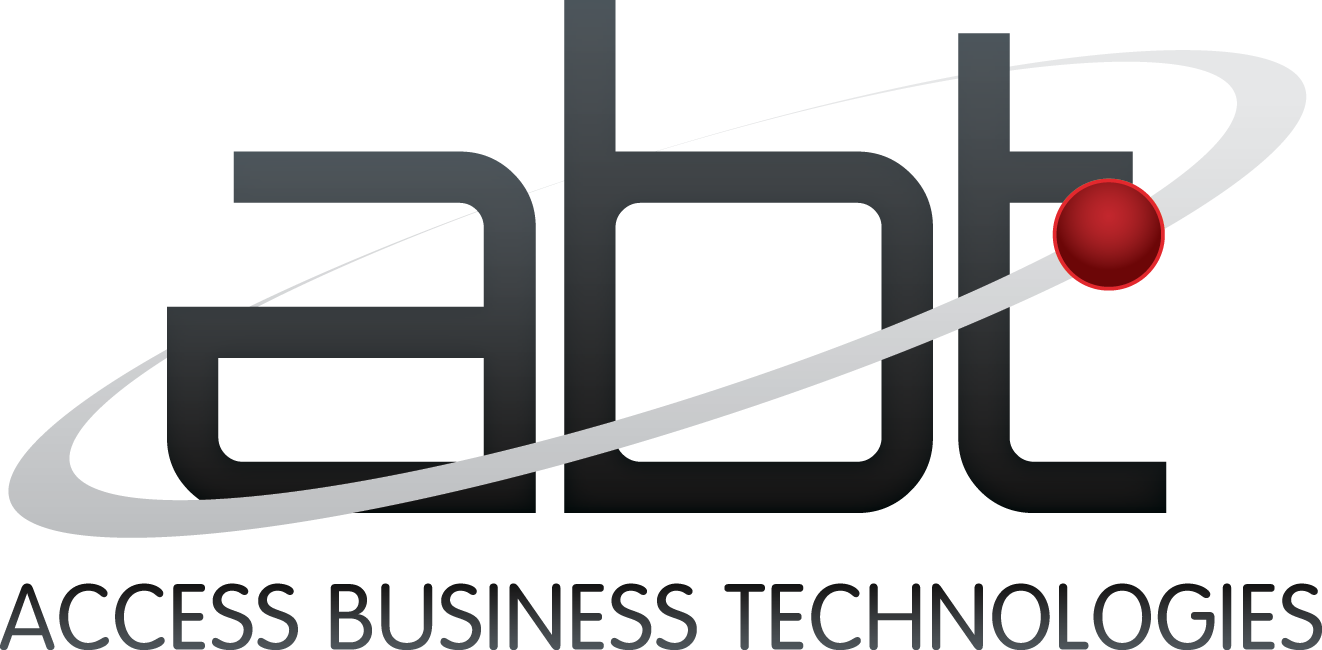 New rules in the selling game.
New rules in the selling game.
As of February 27, 2018 mortgage sellers and servicers working with Fannie Mae have a new set of guidelines.
The Fannie Mae Selling Guide is a compilation of instructions that direct how mortgage lenders interact with the Federal National Mortgage Association (FNMA) also known as “Fannie Mae”. The Selling Guide covers forms, exhibits, content, and other requirements for lenders that dictate how lenders become approved by Fannie Mae and the procedures for routine selling matters. Documentation requirements mentioned in the Selling Guide can be accessed by lenders on the Fannie Mae website. The version of this guide that was released in early 2018 includes 6 major changes to mortgage expense procedures that lenders should be aware of.
- HomeStyle Renovation
HomeStyle Renovation mortgages give borrowers the ability to purchase or refinance loans including funds specifically for property renovations including repairs, remodeling, and energy improvements. Thanks to Fannie Mae’s Duty to Serve objectives, this area of the Selling Guide has been enhanced.
Sellers that deliver loans to Fannie Mae after renovations are now excluded from these guidelines while some manufactured homes are now being included. Renovations covered by the program and the rules regarding material draws for those regulations have become less regulated overall. On the other hand, regulations about licensing for renovators and inspections have become more stringent.
Small changes have been made to specific numerical values to allow a different mix of lenders to participate in this program. The limit on eligible renovation funds for a refinance is up 75% and the maximum allowable LTV ratios have also been increased to 97% in some cases.
- HomeStyle Energy
The HomeStyle Energy classification has become less stringent. LTV ratios are up to 97% for this type of loan as well, manufactured homes and radon remediation are now eligible, and property assessed clean energy (PACE)) loans can be paid off without dollar restrictions. HomeStyle Energy may also now be used in response or preparedness for environmental disasters like floods, earthquakes, and storm damage repair. The requirement of having an energy report has been loosened in some cases and the debt-to-income ratio has been made more flexible for HomeStyle Energy loans.
- Business Continuity and Disaster Recovery
Due to confusion regarding the strict requirements for business continuity procedures, the new Selling Guide includes clarification as well as minor changes. Business continuity is defined as any plan focused on how to move forward in the case of a disaster or a criminal act that disrupts operations. Sellers/servicers are now required to have a plan that identifies critical functions and includes how to move and recover operations in another location along with a suggested alternate facility. Disaster recovery is also required, which encompasses how to access and protect business information technology infrastructure in those same situations. Lenders must outline critical functions, provide an off-site retention solution for system data, and suggest an alternate network and telecom plan in case of disaster.
- Age of Document Requirements for Loans Impacted by a Disaster
The revised Selling Guide loosens up on its requirements for documentation in the case that a lender is located in a FEMA-declared disaster zone eligible for Individual Assistance. This allows for lenders dealing with extreme circumstances 60 extra days to get back on their feet and aims to be sufficient along with the clarified requirement for business continuity. Along with the age of documentation flexibility increasing from 120 days to 180 days, the b2-3-05 Properties Affected by a Disaster document was updated to reflect the loosened restrictions regarding when lenders may waive property inspections. For all new requirements including business continuity of lending companies affected by disasters, the deadline for compliance is September 1, 2018. All solutions for secondary site access must be implemented before that date.
- Compliance with Laws and Responsible Lending
In a continued effort to edit policies from past versions of the Selling Guide, the February revision simplifies requirements related to compliance with laws and responsible lending practices. The revision eliminates the lengthy list of applicable laws and refers, instead, to more general categories of applicable rules. The revision also includes general conventions in Part A of the guide that were previously listed in the preface of the document. Finally, the revision streamlines prohibited refinance practices and simplifies language to be understood more clearly.
- Miscellaneous Selling Guide Updates
In a final revision to thwart confusion, the Optional Limitation on Trust Liability section has completely replaced the former guide’s version of Form of Trust’s Signature Required on Mortgage Note section dealing with inter vivos revocable trusts. The new content describes the non-recourse option more clearly and should avoid further misinterpretations that were resulting from the October 2017 revised Guide.
All of the revisions to the Fannie Mae Selling Guide were effective immediately upon the February 27th date of the release and are therefore already in effect.
Stay on top of U.S. mortgage industry regulations by subscribing to the Mortgage Solutions Blog from award-winning lending software experts ABT.
Image: Unsplash
-1.png?width=142&name=ABT-Logo_2016%20(transparent)-1.png)









